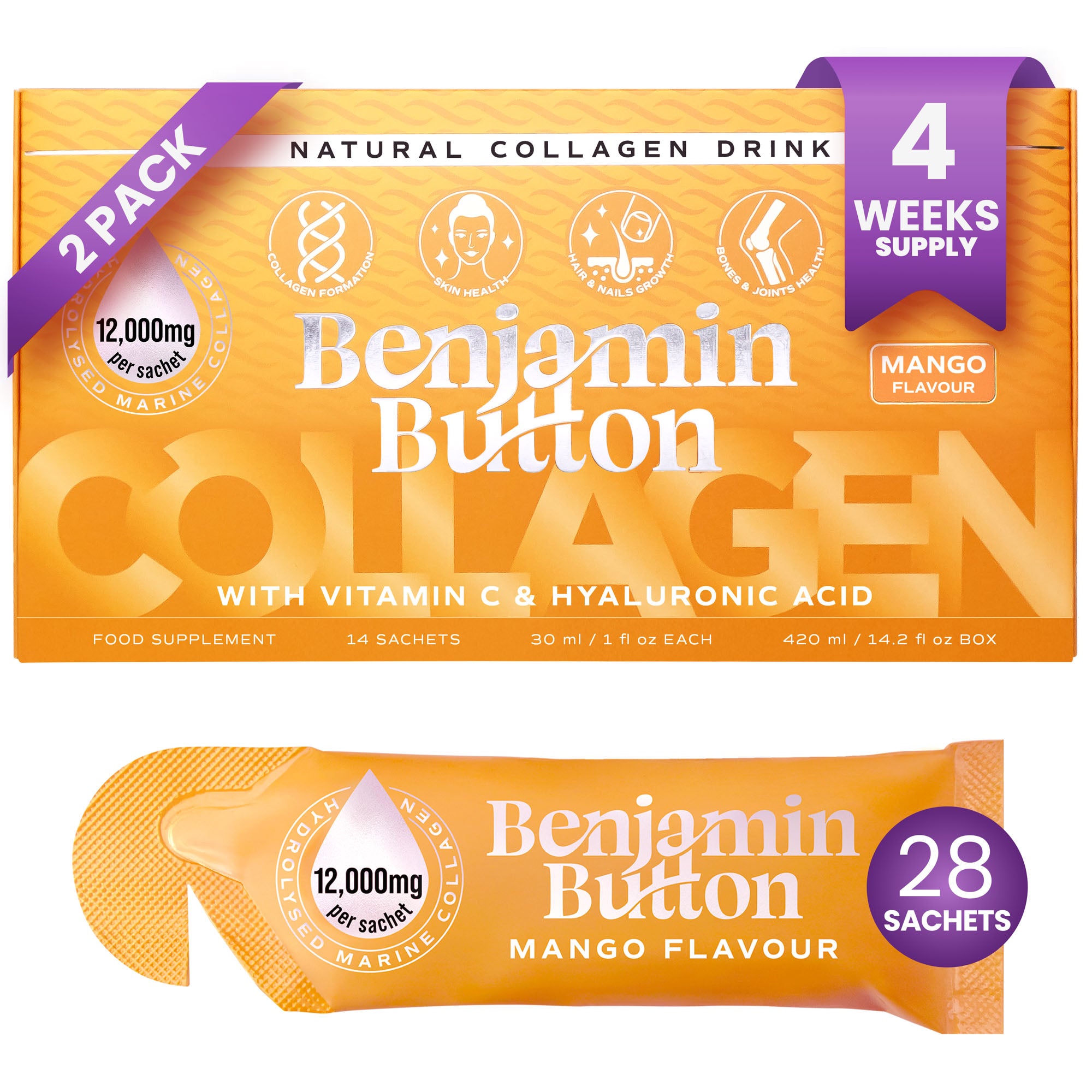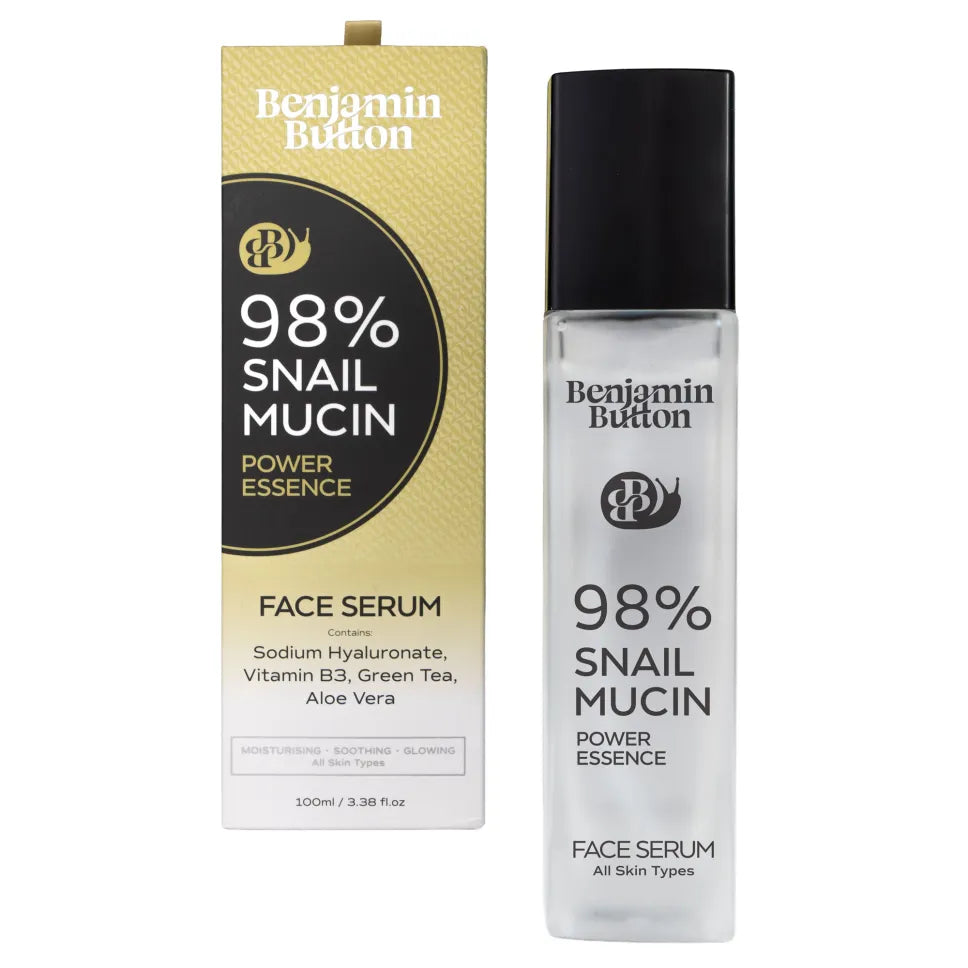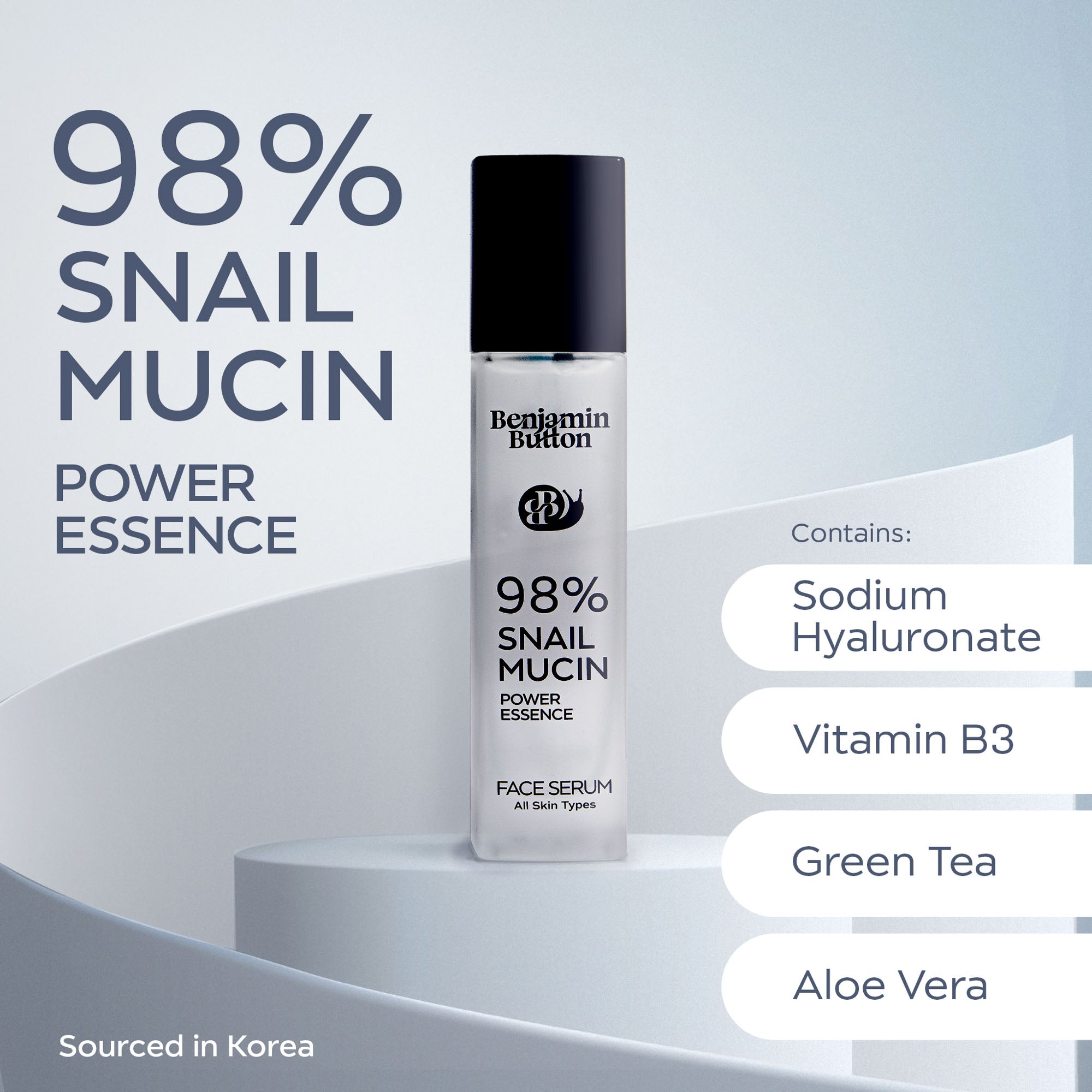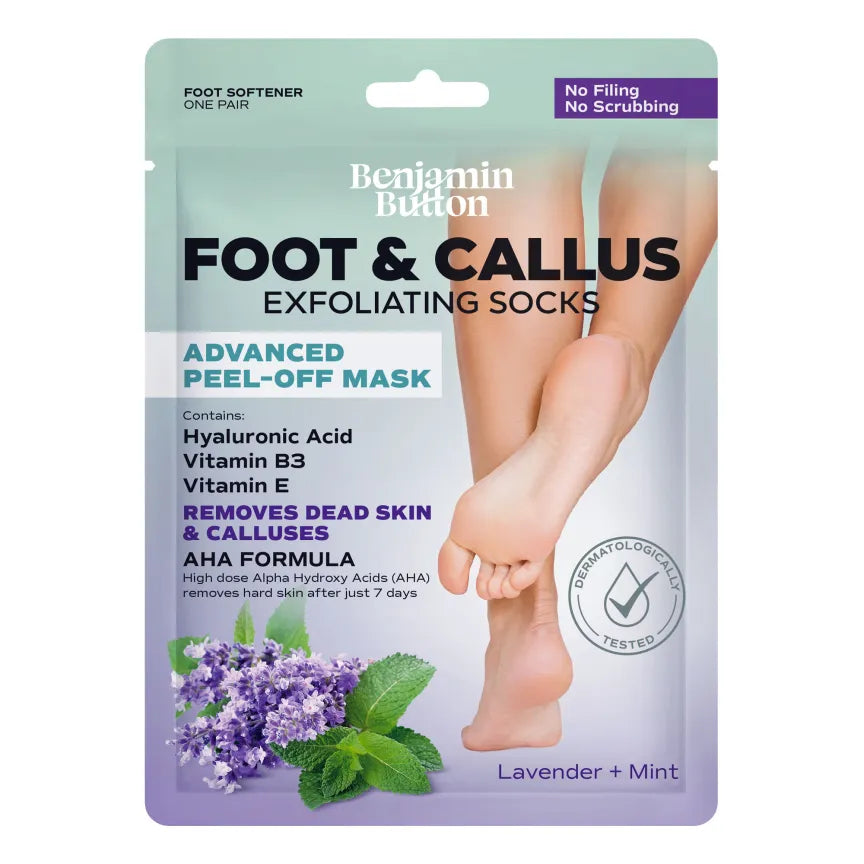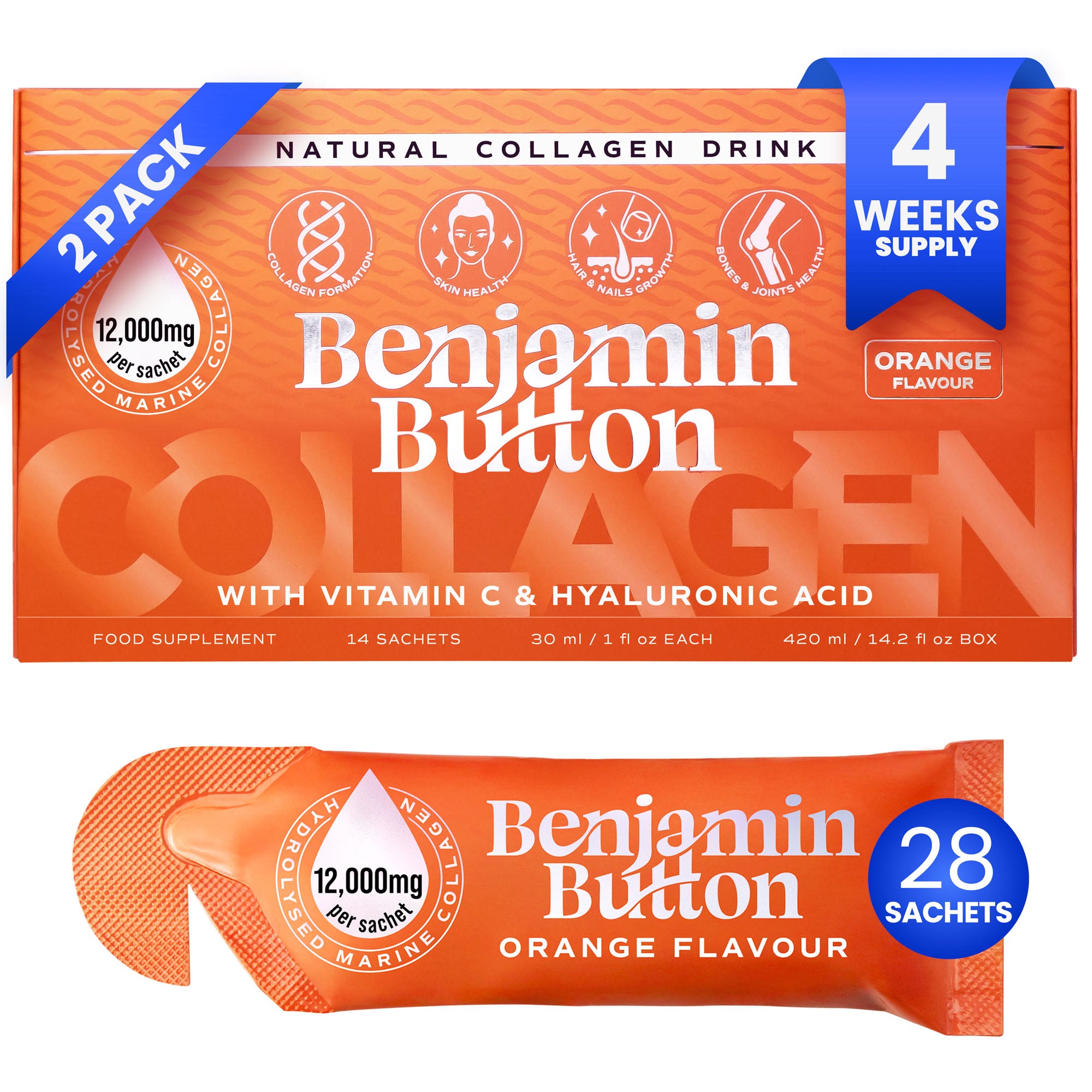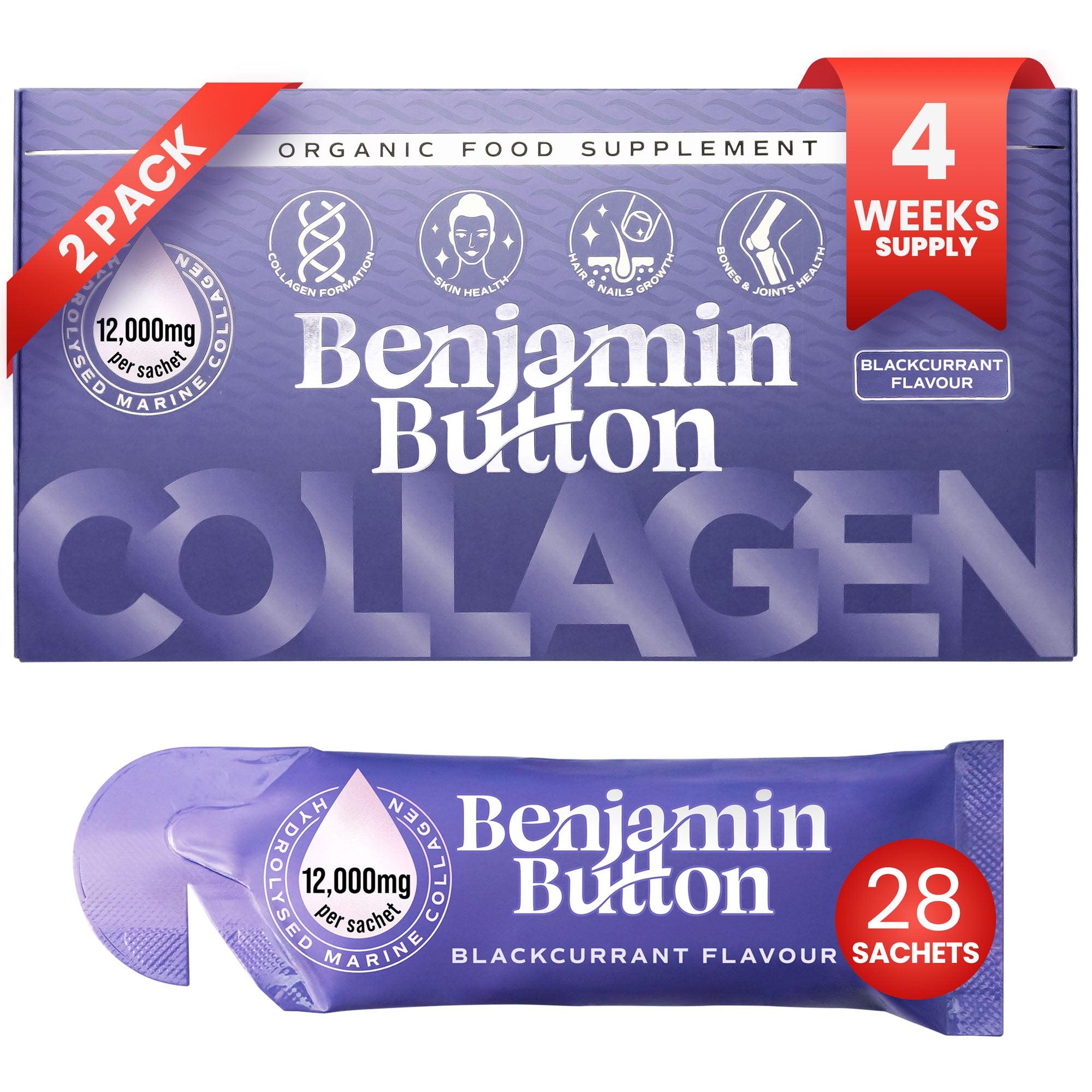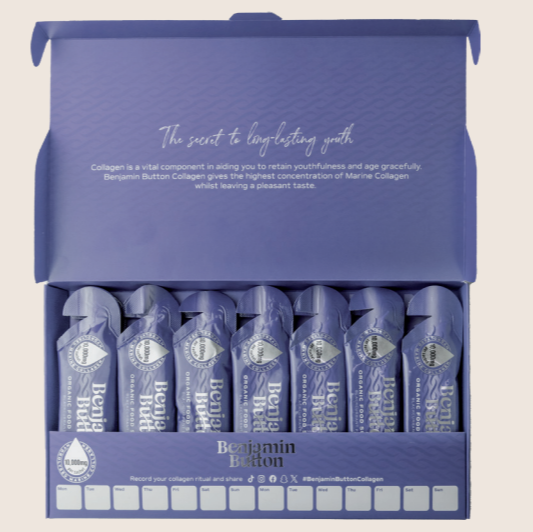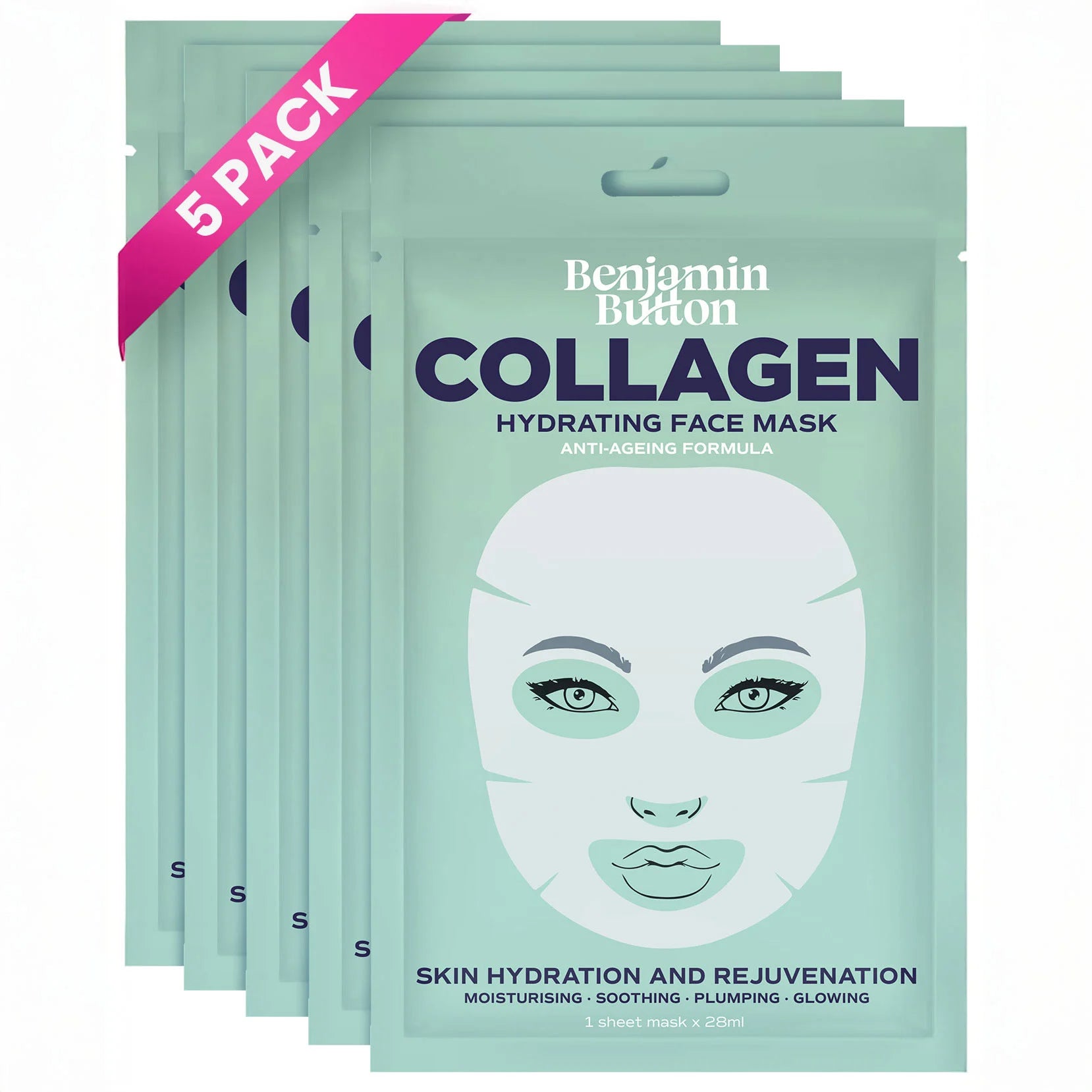Chocolate Bars Recalled Over Possible Stone Contamination Issues
In recent news, a popular brand of chocolate bars has instituted a recall due to potential stone contamination. This alarming situation has left chocolate lovers concerned about the quality and safety of their beloved treats. When we think about food products, especially something as universally cherished as chocolate, quality control is paramount.Understanding the Recall
The recall, initiated by a prominent chocolate manufacturer, was prompted by reports of small stones found in various chocolate bar products. These stones can pose serious health risks if ingested, creating a significant safety concern for consumers. Reasons for the recall include:- Health risks related to choking hazards
- Potential injury to the digestive system
- Impact on brand reputation and consumer trust
The Response from the Manufacturer
The chocolate manufacturer has taken swift action to address the issue. They have issued a public statement, urging consumers who have purchased the affected bars to return them for a full refund. Transparency and speed in handling such crises are essential in regaining consumer trust. Key actions taken by the manufacturer include:- Identification of the affected products through batch numbers.
- A prompt notification to retailers, ensuring they remove the products from shelves.
- An internal investigation to determine how the stone contamination occurred.
The Quality Control Measures in the Chocolate Industry
Quality control is of utmost importance in the chocolate-making process. Given that chocolate is a semi-sweet product with many ingredients, ensuring the absence of foreign objects is necessary to maintain consumer safety. Implementing effective quality control measures can include:- Frequent testing of raw materials
- Regular inspections of manufacturing equipment
- Monitoring of production lines for irregularities
Consumer Awareness and Vigilance
While manufacturers bear the primary responsibility for the quality of their products, consumers must also stay vigilant. Staying informed about recalls and food safety alerts is crucial. The impact of such recalls can be minimised through consumer awareness. To stay updated on product safety, consumers can:- Sign up for alerts from food safety organisations
- Check retailer websites for recall information
- Follow brands on social media to receive timely updates
The Effect on the Chocolate Market
Recalls stemming from contamination issues can have a lasting impact not only on affected brands but the chocolate market as a whole. When quality concerns arise, consumer confidence can wane, leading to significant shifts in purchasing behaviours. The ripple effects of a recall can extend beyond immediate sales losses. The consequences can include:- Increased scrutiny from regulatory bodies
- Long-term damage to brand reputation
- A potential shift in consumer preferences towards brands perceived as more reliable
Rebuilding Consumer Trust
To overcome the challenges posed by a recall, the affected chocolate brand must take steps to restore consumer trust. Building confidence after such incidents is a gradual process, requiring consistent effort and a commitment to quality. Strategies for rebuilding this trust may involve:- Enhanced transparency about quality control measures moving forward
- Implementation of stricter safety protocols
- Engagement with communities through social responsibility initiatives










